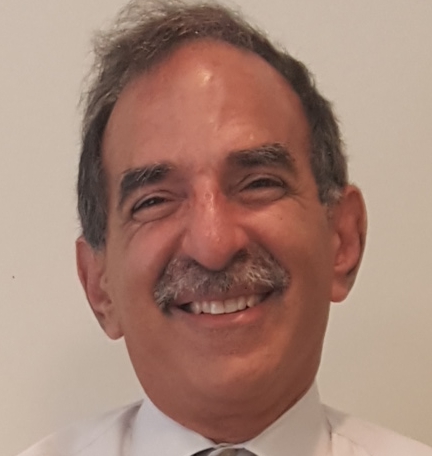
On November 8, U.S. Citizenship and Immigration Services (USCIS) issued a press release announcing that they would be publishing a notice of proposed rulemaking (NPRM) in the Federal Register to adjust the USCIS Immigration Examinations Fee Account fee schedule. The announcement made no mention of new application fees for those seeking asylum, but according to a New York Times article, “The government would also begin charging asylum seekers $50 for applications.”
From an economics perspective, does this make sense?
The Federal Register NPRM was published on November 15. Fees collected from individuals and entities filing immigration benefit requests are deposited into the Immigration Examinations Fee Account (IEFA). These fees fund the cost of fairly and efficiently adjudicating immigration benefit requests, including those provided without charge to refugee, asylum and certain other applicants.
The NPRM also states the following:
DHS proposes to establish a $50 fee for Form I-589, Application for Asylum and for Withholding of Removal, when that form is filed with USCIS (“affirmative asylum applications”). The U.S. Government, according to the notice, has never charged a fee for Form I-589, but rather has relied on other fee-paying benefit requestors to subsidize asylum seeking applicants. Application fees from other form types have always been used to fund the operations involved in processing asylum claims. However, DHS has experienced a continuous, sizeable increase in affirmative asylum filings, and processing backlogs continue to grow. DHS is exploring ways to alleviate the pressure that the asylum workload places on the administration of other immigration benefits. A minimal fee would mitigate the fee increase of other immigration benefit requests.
In the presence of excess demand, wait times at U.S. Customs ports of entry act as a nonmonetary price or cost to bring demand and supply of services for individuals entering the United States into equilibrium. With this NPRM, it appears that USCIS is attempting to corral several issues by charging asylum seekers an application fee.
In the asylum process, according to the National Immigration Forum, an individual can apply for asylum either affirmatively or defensively. Under both processes, asylum seekers must indicate a “well-founded fear” of persecution in their home countries during a credible fear interview with immigration authorities. If they a “well-founded fear” is not established, they are ordered for removal.
Individuals can apply for asylum affirmatively if they are physically present in the United States (regardless of how they entered the country) within one year after arrival. They can also apply for asylum at ports of entry. Individuals can also apply for asylum as a defense against removal after they have been apprehended by U.S. Customs and Immigration Enforcement (ICE) or Customs and Border Protection (CBP) or at one of the ports of entry without a valid visa. A person in a defensive asylum process requests asylum in immigration court where an immigration judge decides whether the applicant is granted asylum.
The wait time under the two systems varies significantly. Under the affirmative asylum process, the Immigration and Nationality Act (INA) requires USCIS to schedule the initial interview within 45 days after the application is filed and make a decision within 180 days after the application date. Under the defensive asylum process, applicants must go through the immigration court system, which faces significant backlogs. As of July 2018, there were more than 733,000 pending immigration cases and the average wait time for an immigration hearing was 721 days. According to the National Immigration Forum, the backlog has been worsening over the past decade as the funding for immigration judges has failed to keep pace with an increasing case load.
So under both processes, it appears that USCIS is attempting to find a way to lessen the backlog and that is through pricing or charging an application fee. The fee might be considered necessary because there are non-financial costs like immigration judge shortages and not enough individuals being served effectively due to some individuals being overly aggressive at seeking asylum. As long as there is no application fee, supply will never meet demand because when the marginal cost to the asylum seeker is essentially zero, demand for asylum will continue to be high.


